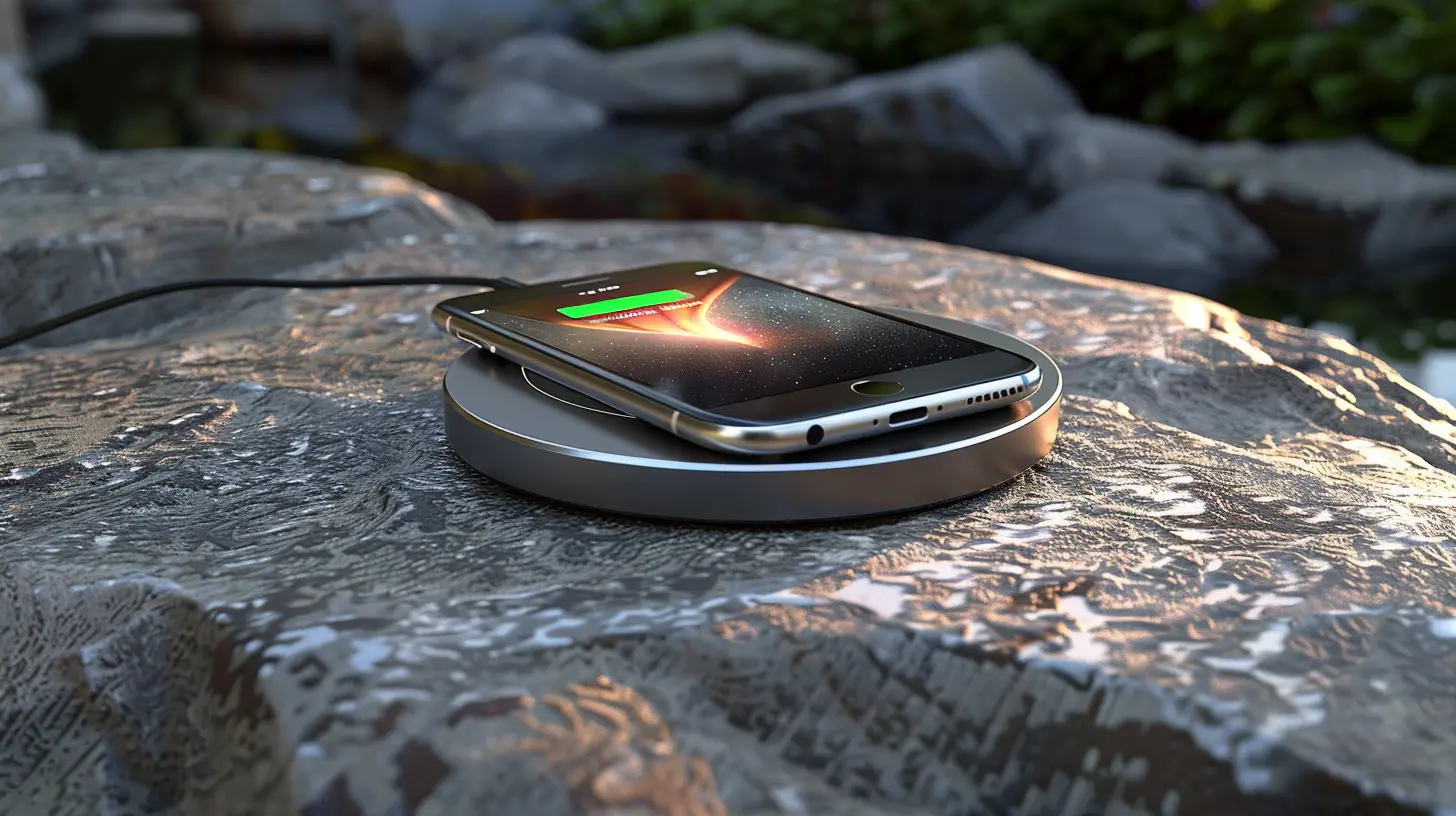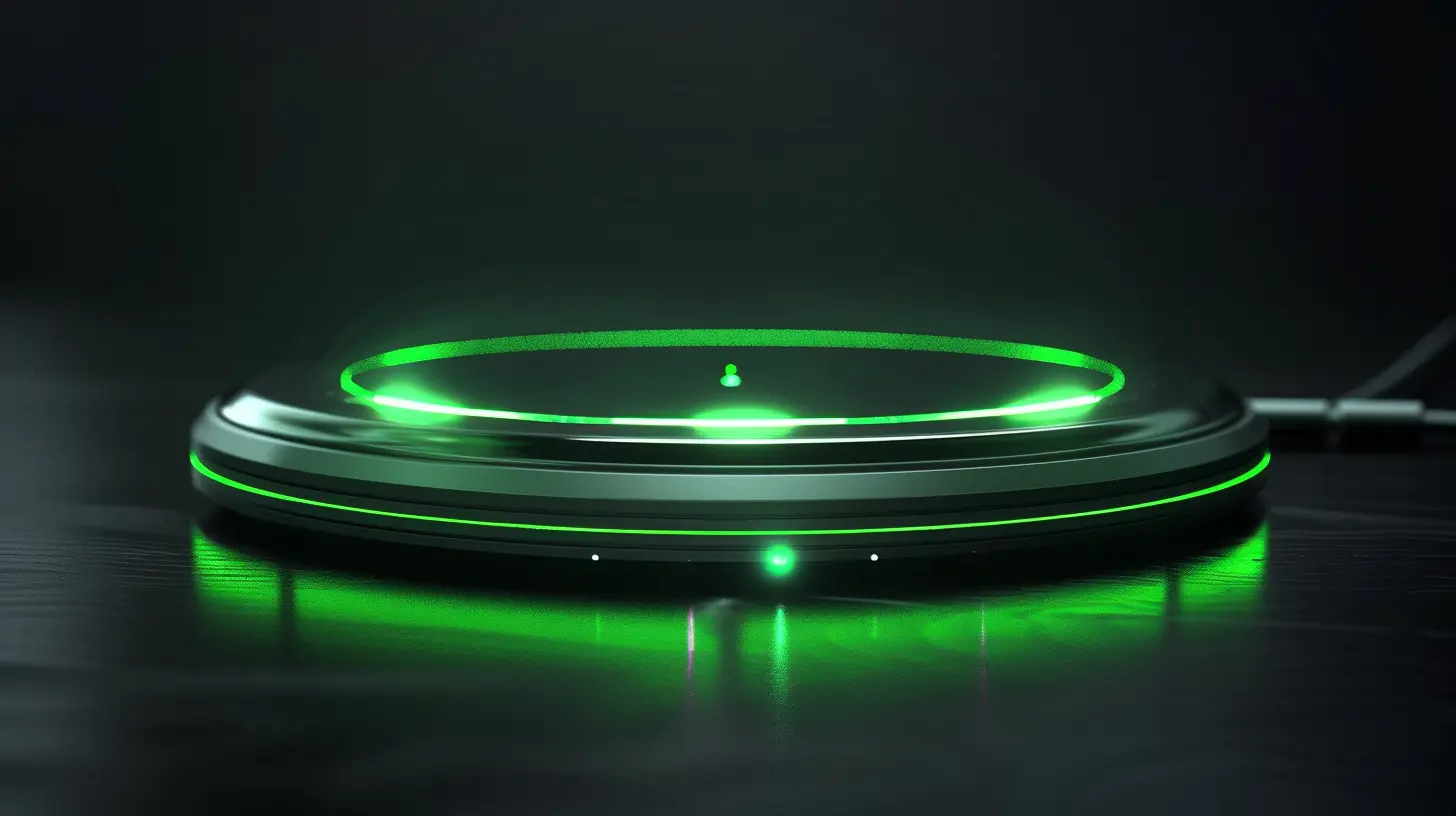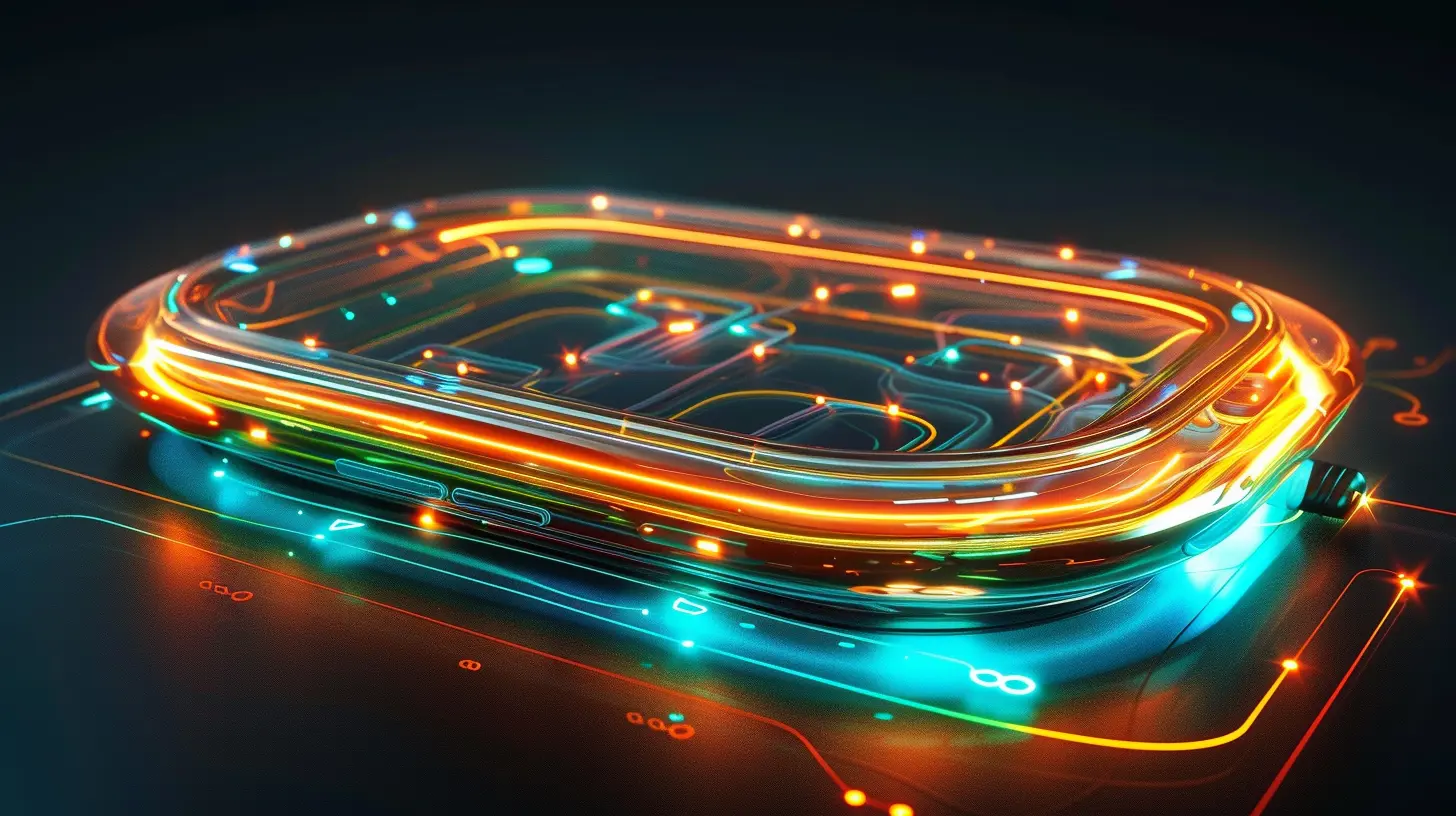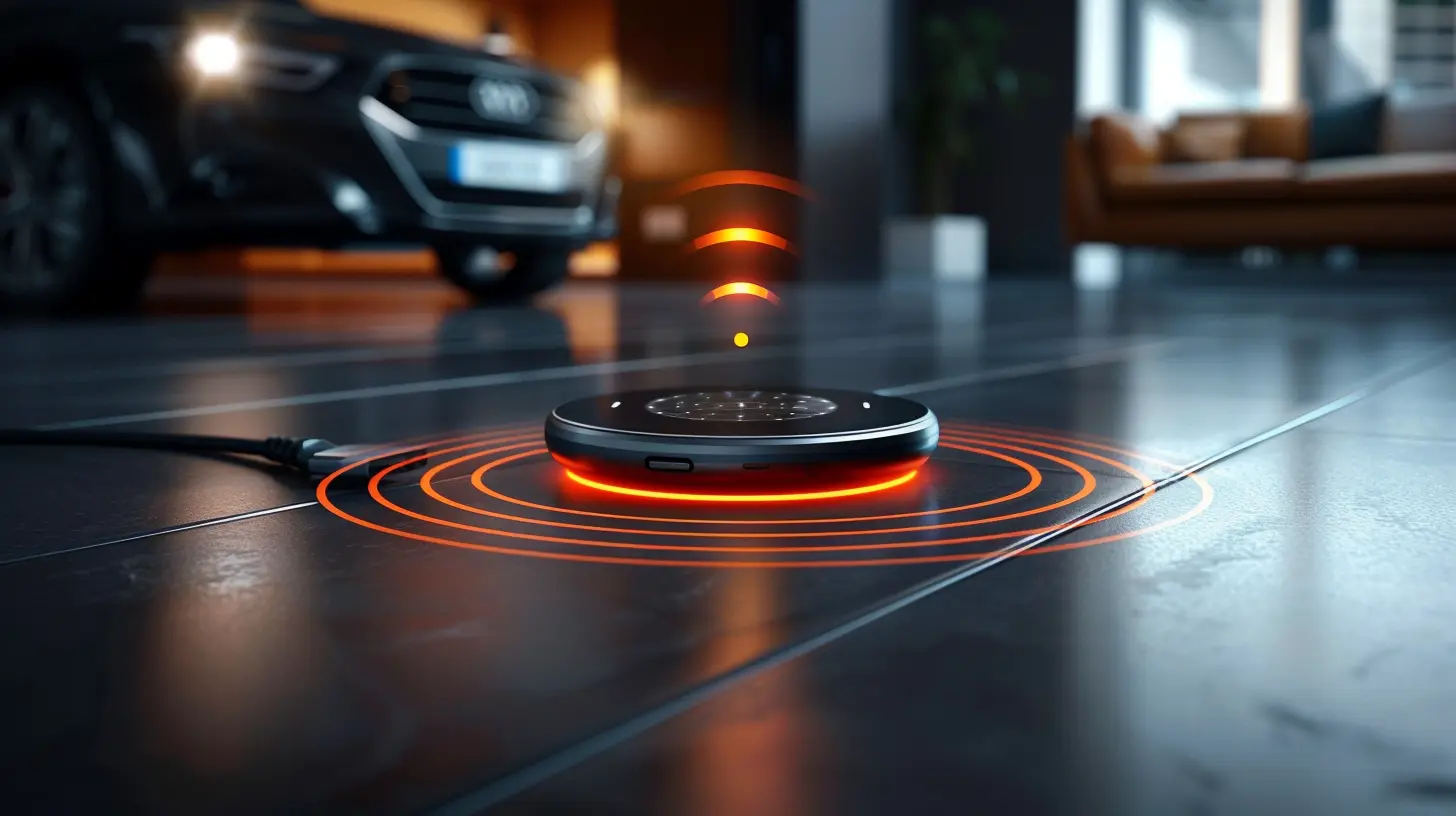Wireless Charging: The Evolution and What’s Coming Next
14 October 2025
Wireless charging—once a futuristic dream—is now an everyday reality. From smartphones to electric vehicles (EVs), the tech has come a long way. But how did we get here, and where are we headed next? Let’s dive into the past, present, and future of wireless charging and see how it’s shaping the world around us.
The Early Days of Wireless Charging
Would you believe that the foundation of wireless charging dates back to the 19th century? Yep, Nikola Tesla laid the groundwork for this technology when he demonstrated wireless power transfer through electromagnetic fields. His famous Tesla Coil proved that energy could travel through the air without physical connections.Fast forward to the late 20th century, and researchers started experimenting with inductive charging. One of the first practical applications was in electric toothbrushes—remember those no-contact charging docks? That was the beginning of consumer-level wireless charging.
How Wireless Charging Works
Before jumping into the latest advancements, let’s break down how wireless charging actually works. There are three main types of wireless power transfer:1. Inductive Charging (Most Common Today)
This method uses electromagnetic fields to transfer energy between two coils—one in the charger and one in the device. The most popular standard today is Qi (pronounced "chee"), used in most smartphones.2. Resonant Charging (More Efficient, Less Common)
Resonant charging extends the range of inductive charging by using tuned magnetic fields. This means a charger and a device don’t need to be perfectly aligned—handy for larger devices like laptops or EVs.3. Radio Frequency (RF) and Over-the-Air Wireless Power
This is the cutting edge of wireless charging—sending power through the air over longer distances without any physical contact. Imagine walking into a room and your device charging automatically. Sounds cool, right? We’re getting there!
The Evolution of Wireless Charging
The early iterations of wireless charging were slow, inefficient, and required precise placement. But things are changing fast.Smartphones and Wearables
Initially, wireless charging speeds were much slower than traditional wired charging. Qi chargers started at 5W output, but now we see 15W, 30W, and even 50W+ wireless chargers. Apple’s MagSafe and Samsung’s Fast Wireless Charging have made it more mainstream.Wearable devices like the Apple Watch and Samsung Galaxy Watch also adopted wireless charging, making it more convenient for users who don't want to fumble with tiny charging ports.
Laptops and Accessories
Laptops are slowly joining the wireless revolution. Dell and Lenovo have experimented with wireless charging solutions, though they haven't become mainstream yet. Wireless charging pads for mice, earbuds, and keyboards are already here, reducing desk clutter.Electric Vehicles (EVs)
One of the most promising applications of wireless charging is in electric vehicles. Companies are developing wireless charging pads for EVs that allow cars to recharge simply by parking over a special pad—just like you’d charge your phone.Wireless charging roads (yes, roads that can charge EVs while they’re driving!) are also being tested in different parts of the world. If successful, this could eliminate the need for charging stations altogether.
The Challenges of Wireless Charging
As amazing as wireless charging sounds, it’s not perfect. There are some significant challenges that need to be addressed:1. Charging Speed
Even though wireless charging has improved, it still lags behind wired charging. For example, wired charging can hit 100W+ speeds, while most wireless chargers max out much lower. Faster wireless charging is coming, but efficiency losses are a hurdle.2. Energy Efficiency
Wireless chargers lose energy due to heat dissipation. Right now, they’re less efficient than wired chargers, which means more wasted electricity.3. Distance Limitations
Most wireless chargers require close proximity—place your phone incorrectly on the pad, and it won’t charge. True long-range wireless power is still in development.4. Compatibility Issues
Not all devices support the same wireless charging standards. While Qi dominates the smartphone market, some industries still use different technologies.What’s Coming Next in Wireless Charging?
Now for the exciting part—where is wireless charging headed next? Several game-changing advancements are on the horizon.Long-Range Wireless Power (True Over-the-Air Charging)
Imagine a world where your device charges just by being in the same room as a power transmitter. Companies like Energous, Ossia, and Xiaomi are developing RF and infrared-based wireless power solutions. These systems could keep your smartphone, smartwatch, and other devices charged without any action needed.Wireless Charging for Smart Homes
Wireless power could revolutionize smart home devices. Think about it—no more changing batteries in remote controls, security cameras, or smart speakers. Everything could stay perpetually powered.Wireless Charging for Electric Vehicles (EVs)
Expect larger-scale adoption of wireless chargers for cars. Automakers like BMW, Tesla, and Mercedes-Benz are working on wireless charging pads that can fully charge an EV overnight without cables. More impressively, some cities are testing wireless charging lanes that could allow EVs to charge as they drive.Integration into Public Spaces
We might soon see wireless charging embedded in furniture, coffee shops, airports, and even public transportation. Imagine sitting on a park bench that charges your phone while you relax—that’s the kind of seamless tech future we’re heading towards.Better Efficiency and Faster Charging
Advances in resonant charging and new materials like gallium nitride (GaN) and graphene could help improve efficiency, reduce heat, and boost charging speeds. We might even see 100W+ wireless charging in the near future, rivaling wired speeds.Should You Switch to Wireless Charging?
If you’re still using wired chargers, you might be wondering—should you switch to wireless? Well, it depends!- For convenience: Wireless charging is great. No cables to mess with, just drop your device and go.
- For speed: Wired charging is still faster, especially for large devices like laptops.
- For efficiency: Wired is better for now, but future advancements may change that.
Ultimately, wireless charging is becoming more practical, and as the technology improves, it could completely replace wired chargers.
Final Thoughts
Wireless charging has come a long way, from Tesla’s early experiments to today’s Qi-enabled smartphones and EV charging pads. While there are still challenges—like speed, efficiency, and distance limitations—the future looks bright.With over-the-air wireless power, charging roads for EVs, and integration into everyday life, we’re inching closer to a world where charging cords are obsolete. So, next time you place your phone on a wireless charging pad, just remember—you’re experiencing a small piece of the future!
all images in this post were generated using AI tools
Category:
Mobile TechnologyAuthor:

Ugo Coleman
Discussion
rate this article
1 comments
Miles McHugh
Wireless charging represents a remarkable evolution in convenience and efficiency, reflecting our desire for seamless technology integration. As we look ahead, advancements like faster charging speeds and improved compatibility will further enhance user experiences. Embracing these innovations can lead to a more sustainable and simplified approach to power management in our devices.
October 14, 2025 at 5:08 AM

Ugo Coleman
Thank you for highlighting the importance of innovation in wireless charging! Your insights on convenience, efficiency, and sustainability are spot on as we embrace the future of power management.


